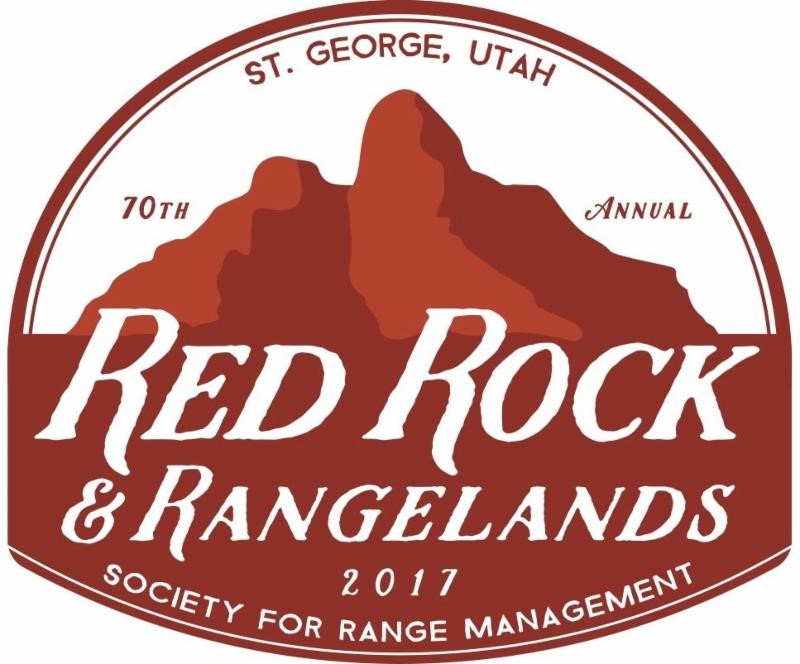| Center for Professional Education and Development: | Printable PDF |
|
New Approaches to Managing Semi-arid Grasslands:
Promoting Habitat Diversity While Supporting Livestock Production A two-day workshop in Cheyenne, Wyoming on October 8 & 9 Location: Little America Conference Center in Cheyenne, Wyoming
Date: October 8 & 9, 2008 RSVP: Space is limited. Please RSVP via email by September 5, 2008 to Elli Fowler at efowler@edf.org.  Are Wyoming Range Practices Working at Cross-purposes with Wildlife Habitat Goals? Are Wyoming Range Practices Working at Cross-purposes with Wildlife Habitat Goals?An Analysis of NRCS Program and Practice Expenditures Related to Grassland Bird Species, 2004-2007 Theodore P. Toombs and Martha G. Roberts Environmental Defense Fund Publication Printable PDF (3MB) Sponsors:
Society for Range Management USDA Agricultural Research Service Wyoming Game and Fish Department Wyoming Chapter of The Nature Conservancy Rocky Mountain Bird Observatory Environmental Defense Fund Organizers:
Ted Toombs – Environmental Defense Fund Bryce Krueger – Wyoming Game and Fish Department Dr. Justin Derner – USDA Agricultural Research Service Dr. David Augustine – USDA Agricultural Research Service Seth Gallagher – Rocky Mountain Bird Observatory Audience:
Local, regional, and national level wildlife biologists and rangeland specialists from state and federal agencies, and people from cattlemen’s and conservation organizations in western grassland states: MT, SD, ND, NE, WY, CO, KS, OK, TX, NM. Overview
Most semi-arid grassland in the Great Plains is privately owned and managed primarily for livestock production. These rangelands contain a wide diversity of plant and animal species, and conservation organizations are working with interested landowners to develop management approaches that address both conservation and livestock production goals. They also seek new opportunities to capitalize on financial incentives and emerging ecosystem service markets. New management strategies that seek to promote plant and animal diversity hold the promise of enhancing wildlife habitat, while maintaining livestock production and overall rangeland health. These new approaches are based on the concept of promoting grassland heterogeneity, or variability in plant composition and structure, which is linked to biodiversity. For example, grassland birds have been shown to require heterogeneity at various temporal and spatial scales to meet nesting and foraging requirements. Management strategies that promote heterogeneity focus on the goal of generating variable vegetation structure and composition. These strategies attempt to mimic natural disturbance regimes and result in a shifting mosaic of vegetation over space and time. Bird conservation organizations and wildlife agencies throughout the Great Plains have recommended the adoption of heterogeneity-based management. However, techniques used to apply it have been demonstrated mostly in other regions. This workshop will describe some of these new approaches to heterogeneity-promoting management, provide examples of applications of this management, and seek feedback on how to incorporate heterogeneity-promoting management into policy so that they are more extensively applied in the West. Agenda Day 1
October 8 9:00am - Noon
What is habitat diversity management and why is it important?
1:30pm - 4:30pm
Habitat diversity management in practice
5:00pm - 8:00pm
Reception Hors d’oeuvres and refreshments will be served.
Agenda Day 2
October 9 8:30am - Noon
|
|
|
Quick Links
Annual Meetings
Red Rock and Rangelands Registration is now live! Click HERE to register today St. George, UTJanuary 29 - February 2, 2017 SRM eStore
Career Growth
|
|
|
Loading
|
|
 Society for Range Management
Society for Range Management6901 S. Pierce St. Ste 225 Littleton, CO 80128 Phone: (303) 986-3309 Fax: (303) 986-3892 Email: info@rangelands.org ©2003- Society for Range Management. All Rights Reserved. |
|







